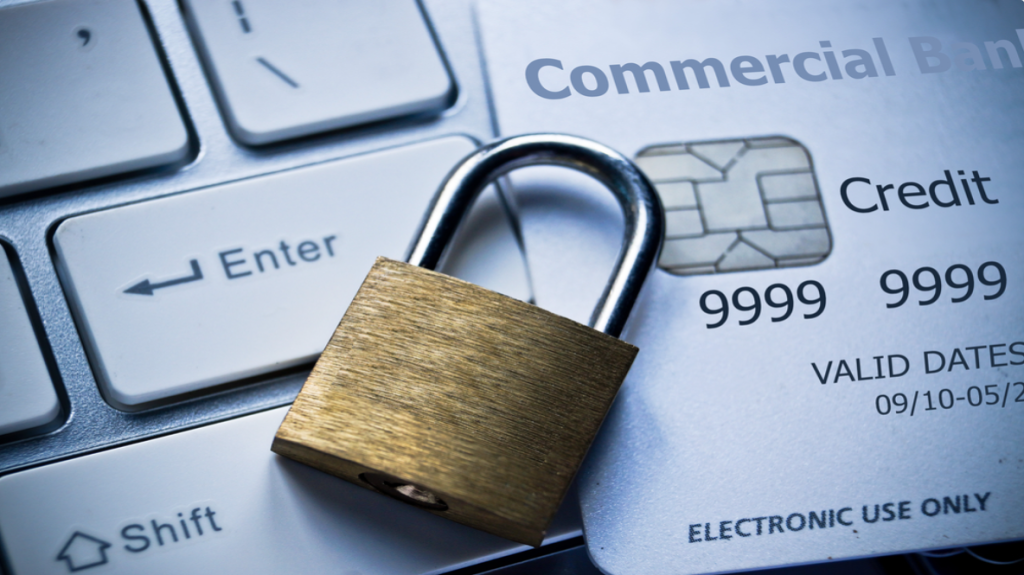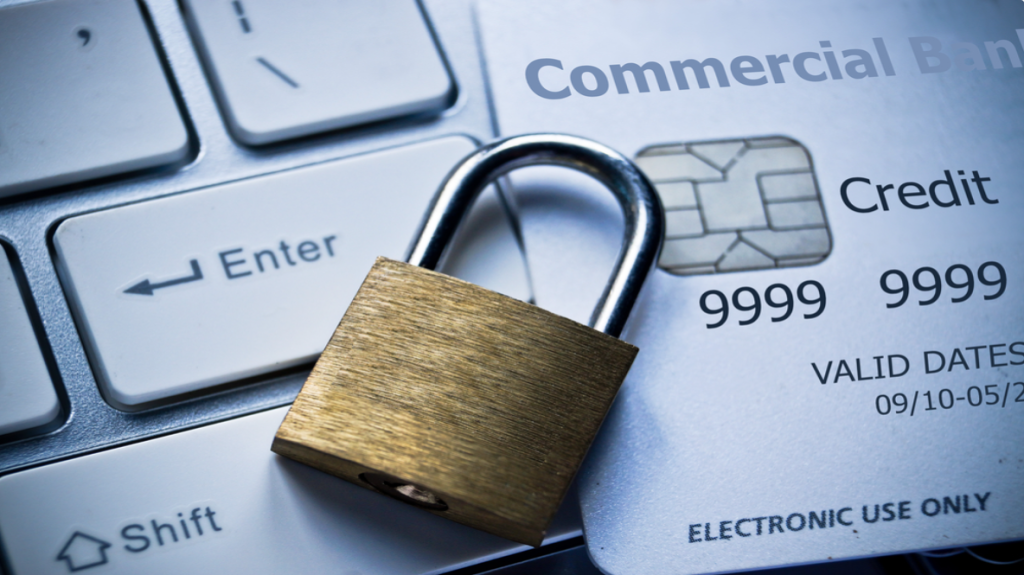The Internet of Things (IoT) has started to impact the way we function and in the way businesses are conducted. Top industry bodies have made progressive claims on the scope and proliferation of IoT enabled capabilities. A few highlights of IoT proliferation and market share estimates include:
- IoT is expected to grow from USD 170.57 billion in 2017 to USD 561.04 billion by 2022, at a CAGR of 26.9% as per a report by MarketsAndMarkets.
- McKinsey Global Institute reports the IoT business will deliver USD 6.2 trillion of revenue by 2025.
- Gartner predicts 26 billion IoT units deployed by 2020, creating new challenges for all aspects of the Data Center.

As per the highlight, it is correct to assume that in times to come nearly everything we do via devices could be connected to other digital components, identities or applications. This will give rise to one of the most rapid digital advances that have ever been recorded in consumer-adoption. Furthermore, innovation is underway to bring in devices that are connected to various variables such as identity, user, geography, etc. This can be challenging when it comes to management of sensitive information. Experts believe that the threat-paradigm related to financial information captured through corporate database repositories or through individual users needs urgent attention.
For businesses, it is recommended and reiterated by experts to plan and place checks for any such threats as soon as possible. The fundamental incentive in IoT is the exchange of information that enables a task or a set of tasks to get completed. As the Financial sector relies heavily on gathering, processing and analyzing information accumulated from a range of sources. Investments in Fin-Tech sphere are aimed to develop highly secure, robust and productive capabilities.
Opportunities for IoT adoption are proliferating with the potential to streamline and deliver more time and less cost to a wide range of enterprise tasks. It’s encouraging to see that various financial functions are driving success of technical integration. Service providers, programming and systems developers getting down to the diligent work of making the vision IoT investments pay off. At the same time, the prospect of information leaking out may cause grave damage to the IT Security efforts in an organization.
It has been seen that many companies have already started using sensor data for improving operational performance, product pricing and customer experience. Another threat, or to say opportunity lies in one of crucial branches of financial services industry – the insurance sector. Regarding risk management, some car insurers are starting to offer usage-based insurance – in this process, sensors in automobiles or smartphone apps can automatically provide information to insurance carriers with vehicles’ driving history and performance of drivers to align driving behavior with premium rates for auto insurance.
To enhance both their internal infrastructure and consumer-facing technology capabilities, financial institutions, especially retail banks, have increased their amount of investments in resources. IDC Financial Insights predicts that retail banks will spend over $16 billion on digital information technology initiatives, and this spending will continue to increase. Financial Services organizations can quickly run a check to assess their standing in IoT Security:
- Creating a threat-proof IoT Management Process: Companies operating in the financial services sector need to strengthen IoT adoption/management capabilities. This can be achieved by bringing technology partners or setting up a team of security experts who can foresee future challenges and pragmatically place checks to deal with future vulnerabilities. This should also include preparing for IoT by concentrating on response and detection would help in gearing up for competition in the future.
- Adopt a pragmatic approach in securing IoT capabilities: While being pragmatic is crucial, placing preventive checks for securing services and products is the basis of IoT capabilities management. As and when a new device is integrated in to the operations, a security-layer should be added to on-board the device aimed at complete testing from a vulnerability standpoint.
- Bring insights along with many benefits of IoT: Creating insights from IoT usage behavior, businesses in times to come can utilize the information captured through various devices for making smart business decisions. Various combination of data can help in generating insights and monitoring of information can help in putting checks in any form of encroachment. By creating framework based on information-value along with security controls, it could help organizations to influence buying decisions.
Going ahead, businesses must ensure that technical requirements of IoT and synchronized with identity and access paradigm. How the IoT devices are on-boarded in to corporate arena should be well strategized and exceptionally executed. Developments in IoT technologies may lead to various changes in the financial services segment as well. For instance, credit underwriting in the banking sector could undergo a change with the analysis of the physical performance and behavioral data generated from biometric and positional sensors of consumers. Similarly, the capital market may benefit from analyzing real-time IoT generated data and utilizing it for trading and investing activities.

